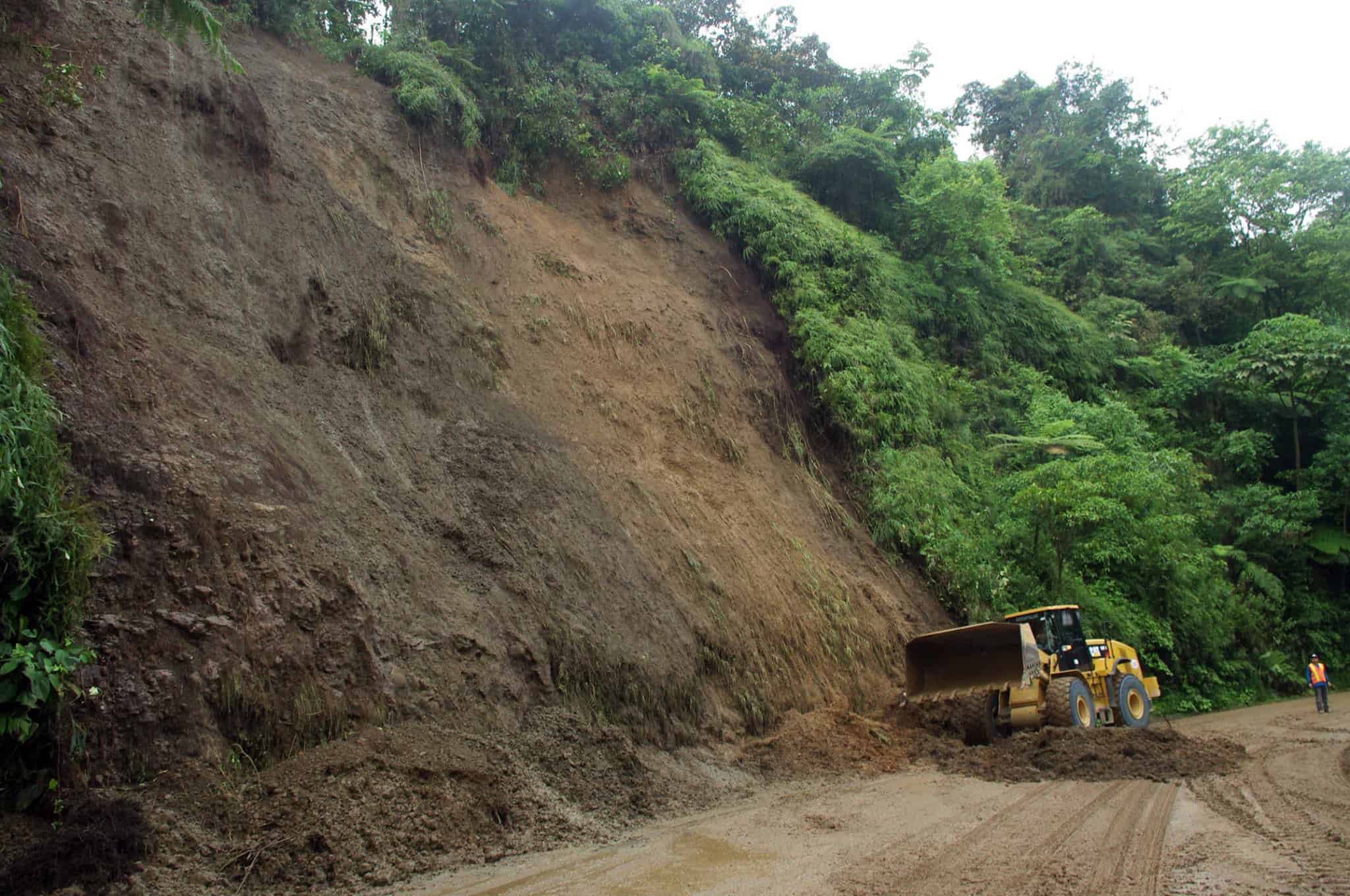Route 32, the critical highway connecting Costa Rica’s Central Valley to the Caribbean port of Limón, has faced repeated shutdowns this year due to hazardous landslides. These closures pose major risks to drivers and result in over $900,000 in economic losses daily, according to the National Roads Council (Conavi).
In response, Conavi Executive Director Mauricio Batalla has proposed constructing protective walls and implementing an early warning system to address this worsening situation.
So far in 2022, Route 32 has been forced to close for a total of 19 days due to landslides along the mountainous roadway. This major export route ships 83% of Costa Rica’s exported goods from the Moín Caribbean ports, amounting to 1,500 trucks daily.
The closures have not only disrupted this vital economic lifeline but also endangered motorists, as the landslides frequently sweep over the road with little warning.
Batalla stated the road “has been susceptible to landslides, but now the vegetation is denser and larger, which exerts more pressure on the slopes, resulting in increased landslides.”
Constructing retaining barriers and walls along the most vulnerable stretches of the route is one proposed solution. However, given the road’s location within Braulio Carrillo National Park, this will require extensive environmental review and political commitment.
Simultaneously, Batalla aims to implement an “early warning system” for landslides. This would monitor over 2,500 kilometers of high-risk mountain roads, including Route 32, to alert drivers of impending slides.
Funding for these projects is expected to come from a $700 million “imminent risk” loan now under legislative consideration. Conavi has been allotted $320 million to finance nationwide bridge repairs and geotechnical enhancements like Route 32’s retaining walls.
Specifically for Route 32, $40 million has been set aside, with the input of the National System of Conservation Areas to balance infrastructure needs with environmental protections.
An assessment by the Costa Rican Geotechnical Association identified the 25-kilometer segment between Zurquí Tunnel and Río Sucio as especially prone to landslides. Association member Sergio Sáenz emphasized the urgent need for action given Costa Rica’s heavy rainfall.
“We have reached an extremely critical point concerning this road. It is imperative to take swift action on this matter, particularly given our country’s high rainfall levels,” Sáenz warned.
He added that failure to address the issue will mean extended closures that restrict mobility and exports from Limón port.
As one of Costa Rica’s most important trade arteries, Route 32 has been plagued by slides and closures since it first opened in 1987. The ambitious project cut through the heart of the country’s central mountains to link the capital with the east coast.
But the unstable terrain has resulted in a precarious situation that now demands urgent attention before disaster occurs. The proposed warning system and protective barriers offer hope of bringing safety and stability to this vital Costa Rican highway.







